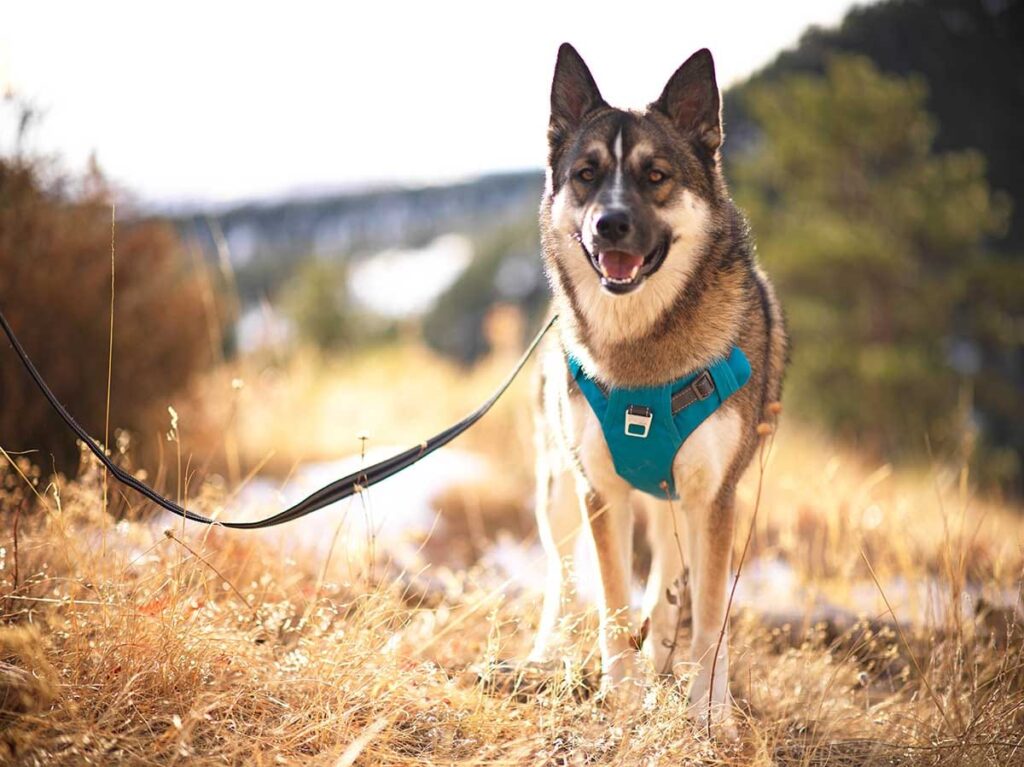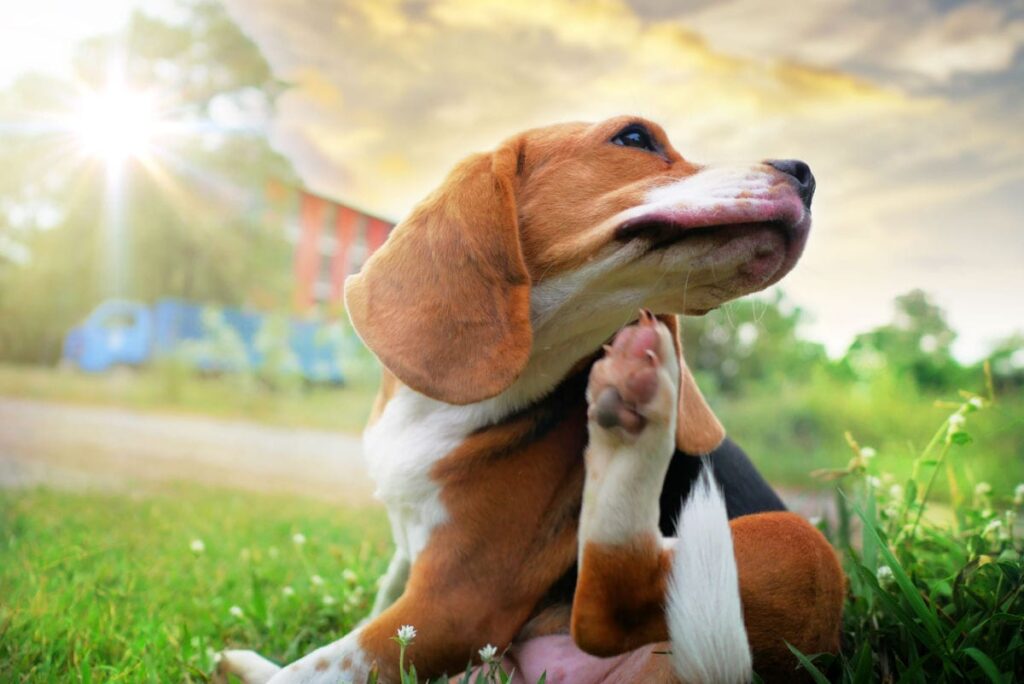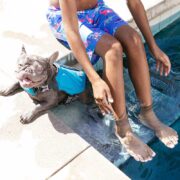While having a dog is amazing, dealing with fleas is not, as any dog owner would tell you. These little pests can easily jump on your dog, and before you know it, you have a flea infestation. Flea bites can cause your dog to become itchy, suffer from an allergic reaction, or become very uncomfortable.
You don’t want to see your pooch suffering, which is why you’re researching how dogs get fleas in the first place. Learn more about what fleas are as well as what you can do to prevent them to protect your pup.
First, here are the places where your dog might be getting fleas.
The Great Outdoors

When you let your dog outside to go to the bathroom – whether he’s in your front or backyard or your dog run – he could pick up fleas there. You may have a flea infestation in your yard. Fleas are more active in the warmer months, so you may notice your pup has more of them in the spring and summer. If you live in a warm place year-round, fleas are likely a constant problem.
Wildlife Creatures
Pet parents need to be wary of wildlife creatures because they might carry rabies and other serious and sometimes deadly diseases. However, they also are known carriers of fleas. Squirrels, rabbits, raccoons, deer, and other creatures may come into your yard or a field where your dog likes to run and spread their fleas. If you know where wildlife creatures roam in your neighborhood, it’s a good idea not to let your dog go there in the first place.
The Dog Park

The dog park is another source of fleas. Your dog might be playing with other pups in the park and suddenly come home with a flea infestation. The fleas might jump directly on your dog, or first jump onto the ground and then onto your pooch.
Facilities for Pets
If your dog had to go in for an appointment at the groomer or veterinarian, another animal could have given him fleas. Or, he could have gotten fleas if you put him in a kennel overnight when you were out of town.
Signs of Fleas on Your Dog
Along with scratching, your dog could have fleas if he’s biting at his skin, he has flea dirt on his skin or coat (it looks like black pepper or dirt), he’s lost some fur, there are red bumps or scabs all over his body, he has pale gums, or he seems restless.
If you notice any of these signs of fleas, make sure you do a treatment as soon as possible.
Flea Treatment in Dogs

Thankfully, even if you’re dealing with a flea infestation, there are a number of ways to treat your pet and your home. You’ll need to do both at the same time.
Note that fleas can come in the form of eggs, larvae, pupae (the cocoon stage), and adult fleas, which is the flea lifecycle. You will need to get rid of all these kinds of fleas at once.
To treat your dog, get a flea shampoo and give him a soapy bath or shower. Make sure you thoroughly rinse your dog with warm water. When you dry him off, comb through his fur with a flea comb so that you get the rest of the fleas and remove the dead dead ones. Dip the flea comb in a mixture of water and dish soap so that you kill off any fleas on the comb.
To get rid of the fleas in your home, gather your pet’s bedding and washable toys as well as your bedding – if your dog sleeps on it – and throw it into the wash at the hottest temperature possible since hot water kills fleas.
Since you’ll need to wash your dog’s bedding, it’s a smart move to get bedding you can easily throw in the machine, like Best Friends By Sheri’s Original Calming Donut Shag Cat & Dog Bed. Removable shells available on size M-XL beds are machine washable, and the entirety of the small-sized bed is machine washable.
Another crucial step when getting rid of fleas is to thoroughly vacuum your home, including your sofa and other furniture. Then, empty the vacuum bag and take out the trash, just in case some fleas survived.
If the fleas are still there, you can call an exterminator to get rid of them in your home and yard. Make sure that your dog stays far away from any of the products immediately after your home or yard has been sprayed, because he might get sick from them. Additionally, keep your yard mowed and neat, and do what you can to prevent wild creatures from coming in. Trim your trees, keep your trash closed and locked, and build a fence to stop them from invading.
Flea Prevention for Dogs

It’s important to give your dog a dewormer and flea and tick treatment once a month to prevent your dog from contracting fleas, tapeworms, heartworm, and ticks. There are different treatments for flea control available including oral products, topical products, and flea collars. You can do research to figure out which ones are top-rated and the most effective. It’s important to ask your veterinarian which is best for your dog. For instance, if your dog has a health condition, he may not be able to take oral treatment.
You can also give your dog baths on a regular basis, especially in the summer, and use flea shampoo every time. Aside from fleas, being outside in the warm weather could be dangerous, so play with your dog inside during the hottest times of the day.
Your pup will be sure to love Outward Hound’s Hide A Toy Plush Puzzle Toy, which will eliminate boredom, encourage positive play, and feed your dog’s natural hunting instincts. All you need to do is toss the toy, place it on the ground, or take the squeaky plush toys out and launch them for a fun game of fetch.
Keeping Fleas Away From Your Dog
Fleas are a fact of life. But by taking preventative measures and treating your dog as soon as you notice he has fleas, you can ensure he’s happy, healthy, and comfortable all year round.

